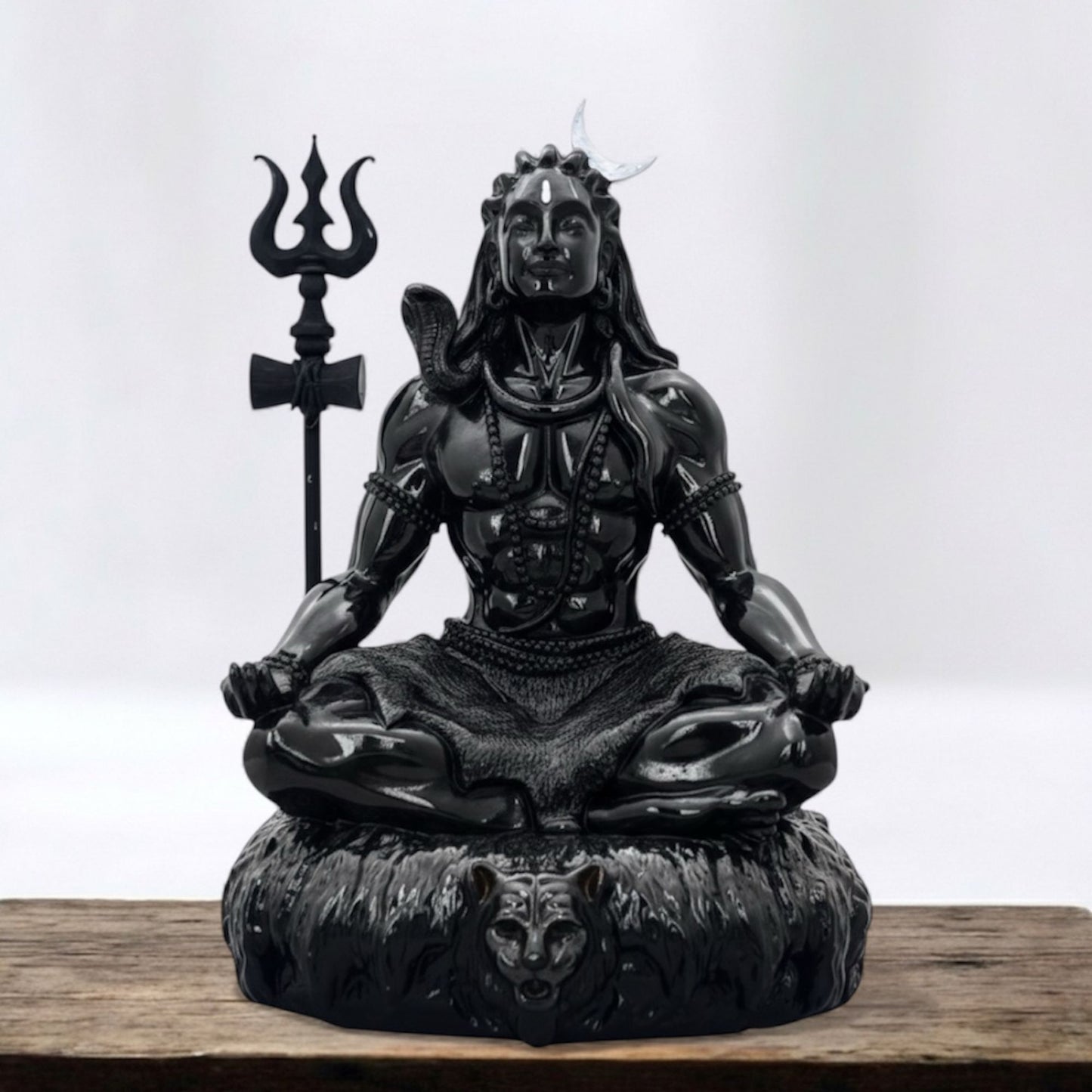Why Ketaki Flower Is Not Offered To Lord Shiva?
In Hinduism, offering flowers to deities is a deeply symbolic ritual representing devotion, purity, and the beauty of creation.
Among the pantheon of Hindu gods, Lord Shiva holds a unique and revered position as the destroyer and transformer within the Holy Trinity. Devotees often adorn his shrines with various flowers, each holding its significance.
However, amidst the wide array of floral offerings, one flower stands out for its prohibition: the Ketaki flower.
Also Read: Did Hanuman Ever Fight With Lord Shiva
The Mythological Roots
The reason behind the prohibition of the Ketaki flower (also known as the screw pine or pandanus flower) in the worship of Lord Shiva is rooted in ancient Hindu mythology. According to legend, there was once a dispute between Lord Shiva and Lord Vishnu over who was superior.
To settle the argument, they decided to find the beginning and the end of a colossal pillar of light, the Jyotirlinga. Lord Vishnu took the form of a boar and dug into the earth, while Lord Shiva transformed into a swan and flew towards the sky.
Despite their efforts, neither could find the end or the beginning of the light. Exhausted and humbled, they returned and acknowledged the infinite nature of the Jyotirlinga. However, during his ascent, Lord Shiva encountered the Ketaki flower, which had fallen from the top of the Jyotirlinga.
The flower deceitfully testified that Lord Shiva had indeed reached the top, attempting to gain favor from the god. Angered by this falsehood, Lord Shiva cursed the Ketaki flower, decreeing that it would never be used in his worship.
Symbolic Interpretations
The myth of the Ketaki flower carries profound symbolic meanings. Firstly, it emphasizes the virtue of truthfulness and the severe consequences of deceit, especially in spiritual contexts. The curse on the Ketaki flower serves as a reminder to devotees that honesty is paramount in their devotion and interactions with the divine.
Secondly, the tale underscores the infinite nature of the divine, symbolized by the endless Jyotirlinga. It illustrates the futility of human attempts to comprehend the totality of the divine through mere physical efforts. This myth encourages humility and reverence towards the mysteries of existence and the divine.
Ritualistic Implications
In Hindu rituals, the choice of flowers is not merely aesthetic but laden with religious significance. Each flower is believed to carry specific vibrations and energies suitable for different deities. The offering of flowers is an act of surrender, devotion, and a means to please the deity. Given the sacred narratives, the exclusion of the Ketaki flower from Lord Shiva’s worship is a practice steeped in respect for mythological traditions and divine decrees.
Devotees typically offer flowers like bilva (bel) leaves, white flowers, and dhatura to Lord Shiva, each associated with unique qualities that resonate with his divine energy. The bilva leaves, for instance, are considered highly auspicious and are believed to cool the fiery nature of Lord Shiva. White flowers symbolize purity and peace, aligning with the serene aspect of Shiva, while dhatura is associated with his ascetic and meditative nature.
Cultural Continuity
The tradition of not offering Ketaki flowers to Lord Shiva has endured through centuries, reflecting the deep-rooted respect for mythological injunctions in Hindu worship practices. This continuity also highlights the role of storytelling in preserving religious customs and educating successive generations about the values embedded within these traditions.
Despite the prohibition, the Ketaki flower is not devoid of significance in Hindu culture. It is used in various other rituals and ceremonies, demonstrating that its exclusion is specific to the worship of Lord Shiva and not a general denouncement.
Conclusion
The story of the Ketaki flower and its prohibition in the worship of Lord Shiva offers a rich tapestry of myth, morality, and ritual. It exemplifies how ancient narratives shape and define religious practices, imbuing them with layers of meaning that go beyond mere ritualistic acts.
As devotees continue to honor these traditions, they maintain a living connection to their mythological heritage, ensuring that the lessons of the past remain relevant and revered in the present.
Also Read: Why Lord Shiva Is Called The Destroyer






